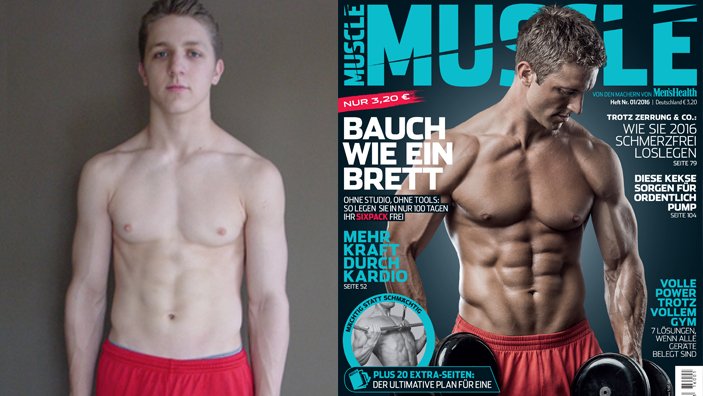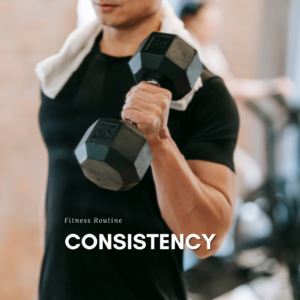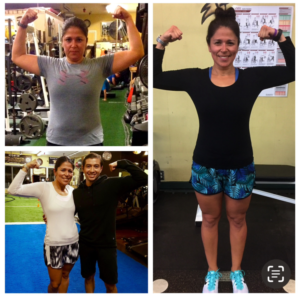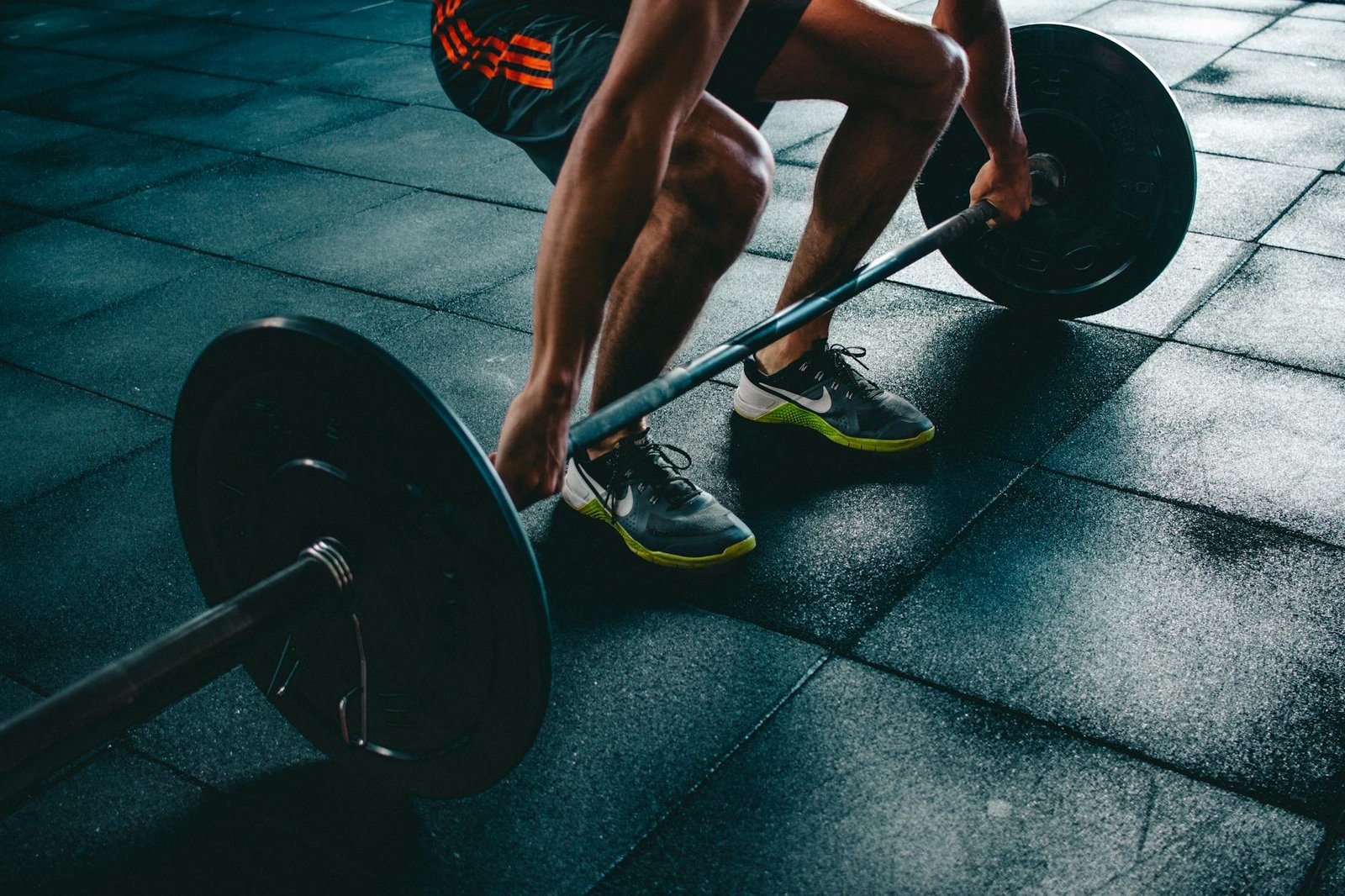
💪 Feeling overwhelmed by all the fitness advice out there? You’re not alone. With countless workout programs, conflicting nutrition tips, and endless equipment options, starting your fitness journey can feel like navigating through a maze blindfolded.
The truth is, transforming your body doesn’t require a degree in exercise science or expensive gym memberships. What you really need is a solid foundation built on proven strategies that actually work. Whether your goal is to lose weight, build muscle, or simply feel more energetic, these 7 game-changing fitness secrets will help you bypass the common pitfalls that derail most beginners.
Ready to unlock the blueprint for fitness success? Let’s dive into the essential strategies that will help you build a stronger, healthier body – from setting smart goals and mastering proper form to understanding nutrition basics and preventing injuries. No more guesswork, just real results. 🎯

Start with Smart Goal Setting
Define Clear Fitness Objectives
Setting specific fitness goals is crucial for success. Instead of vague objectives like “get fit,” focus on concrete targets:
- Build strength to perform 10 consecutive push-ups
- Run a 5K under 30 minutes
- Decrease body fat percentage by 5%
- Complete 3 unassisted pull-ups
Create Measurable Milestones
Track your progress with these key metrics:
| Milestone Type | Example Metrics | Tracking Frequency |
|---|---|---|
| Strength | Weight lifted, Reps completed | Weekly |
| Endurance | Distance, Time, Speed | Bi-weekly |
| Body Composition | Weight, Measurements, Photos | Monthly |
| Flexibility | Range of motion, Stretch depth | Weekly |
Set Realistic Timelines
Establish achievable deadlines based on your current fitness level:
- Short-term goals (1-3 months)
- Mid-term goals (3-6 months)
- Long-term goals (6-12 months)
Remember to make your goals SMART: Specific, Measurable, Achievable, Relevant, and Time-bound. For example, instead of “get stronger,” aim to “increase squat weight by 20 pounds in 8 weeks through consistent training 3 times per week.”
Now that you have a solid foundation for goal setting, let’s explore the importance of proper form in your exercises to ensure safe and effective workouts.

Master Proper Form First
Basic Exercise Techniques
- Maintain neutral spine alignment during all movements
- Keep core engaged throughout exercises
- Control breathing: exhale during exertion, inhale during easier phases
- Start with bodyweight exercises before adding resistance
Common Beginner Mistakes
| Mistake | Consequence | Correction |
|---|---|---|
| Rushing movements | Poor muscle engagement, injury risk | Slow down, focus on form |
| Overarching back | Spine strain | Maintain neutral position |
| Using momentum | Reduced effectiveness | Control movement speed |
| Incorrect breathing | Decreased stability | Sync breath with movement |
When to Seek Professional Guidance
- If experiencing persistent pain during exercises
- When starting a new workout routine
- If unsure about proper form for complex movements
- Before progressing to advanced exercises
Safety Precautions
- Always perform proper warm-up routines
- Start with lighter weights to perfect form
- Use mirrors to check positioning
- Listen to your body’s signals
Proper form is the foundation of effective strength training and injury prevention. Focus on mastering basic movements like squats, pushups, and planks before attempting more complex exercises. Record yourself performing exercises to analyze your form, or work with a certified trainer for personalized feedback.
With proper form mastered, you’ll be ready to focus on the essential nutrition fundamentals that will fuel your fitness journey.

Nutrition Fundamentals for Fitness
Protein Requirements
Your body’s protein needs directly impact muscle recovery and growth. Here’s a simplified breakdown of daily protein requirements:
| Activity Level | Protein Requirement (per kg of body weight) |
|---|---|
| Sedentary | 0.8g – 1.0g |
| Moderate Exercise | 1.2g – 1.4g |
| Intense Training | 1.6g – 2.0g |
Pre and Post-workout Meals
Timing your nutrition around workouts maximizes performance and recovery:
Pre-workout essentials (1-2 hours before):
- Complex carbohydrates (oatmeal, whole grain toast)
- Lean protein (eggs, chicken)
- Light, easily digestible foods
Post-workout must-haves (within 30 minutes):
- Fast-absorbing protein (whey protein shake)
- Simple carbohydrates (banana, sports drink)
- Essential amino acids
Hydration Guidelines
Proper hydration is crucial for optimal performance and recovery:
- Drink 16-20 oz water 2-3 hours before exercise
- Consume 8-10 oz every 15-20 minutes during workout
- Replace 24 oz of water for every pound lost during exercise
Monitor your hydration status through urine color – aim for light yellow. For intense workouts lasting over an hour, consider electrolyte-enhanced beverages to maintain proper mineral balance.
Now that you understand the nutritional foundation for fitness success, let’s explore how to structure an effective workout schedule that maximizes these nutrition principles.
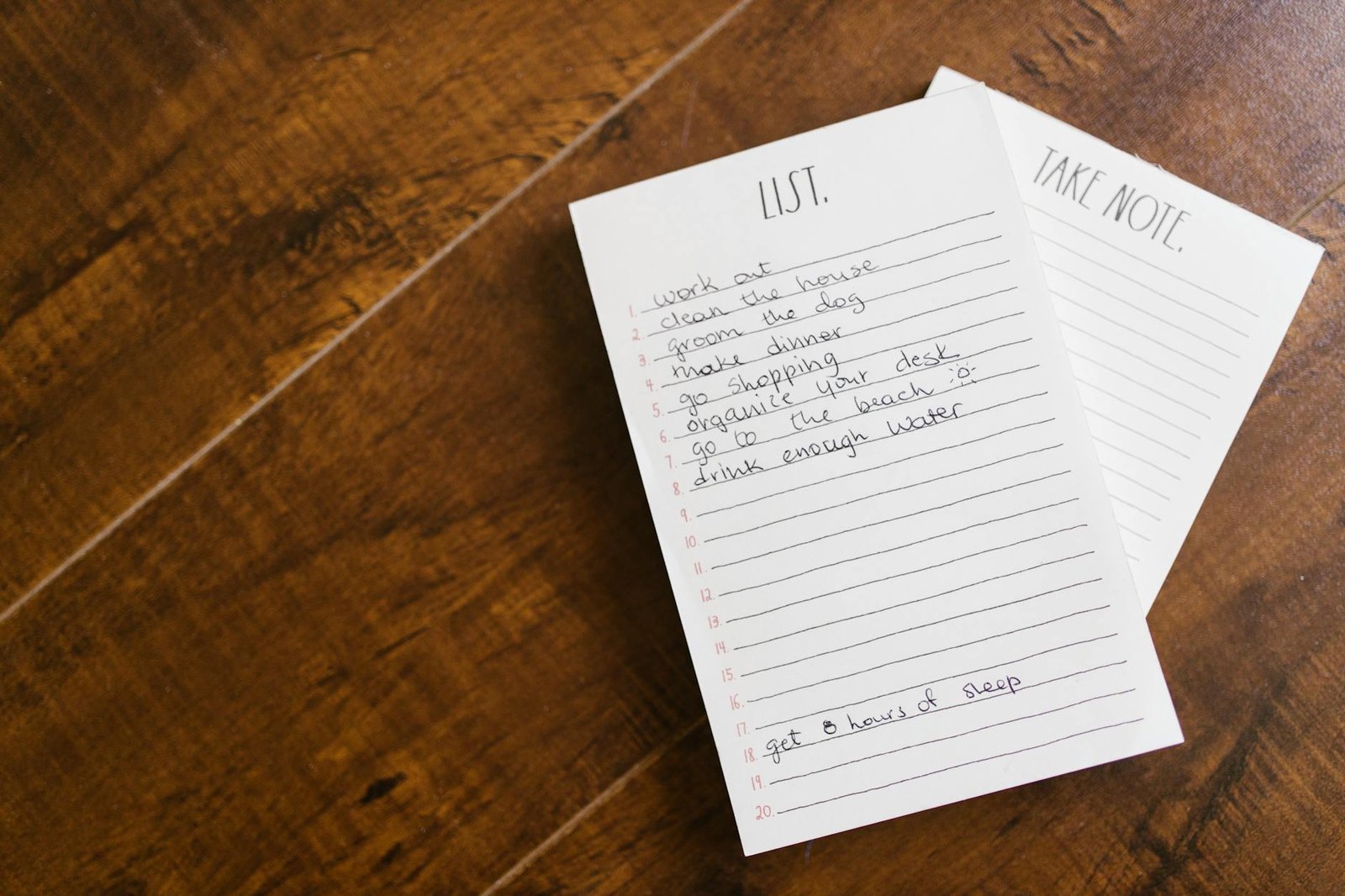
Design an Effective Workout Schedule
Balancing Cardio and Strength Training
A well-structured workout plan combines both cardio and strength training in optimal proportions. Here’s a recommended weekly split:
| Training Type | Frequency | Duration |
|---|---|---|
| Strength Training | 3-4 days | 45-60 mins |
| Cardio | 2-3 days | 30-45 mins |
| Flexibility Work | 2-3 days | 15-20 mins |
Rest Day Importance
Your muscles need time to recover and grow stronger. Schedule 2-3 rest days per week, spacing them between intense workout days. Active recovery activities like light walking or yoga can be beneficial on these days.
Progressive Overload Basics
To see continuous improvement, gradually increase:
- Weight/resistance
- Number of repetitions
- Sets per exercise
- Workout frequency
- Exercise complexity
Workout Duration Guidelines
Optimal workout lengths vary based on your fitness level:
- Beginners: 30-45 minutes
- Intermediate: 45-60 minutes
- Advanced: 60-90 minutes
Remember to maintain workout intensity rather than extending duration unnecessarily. A focused 45-minute session is more effective than a leisurely 90-minute workout.
Understanding proper equipment selection is crucial for executing your workout schedule effectively, which brings us to our next important topic.
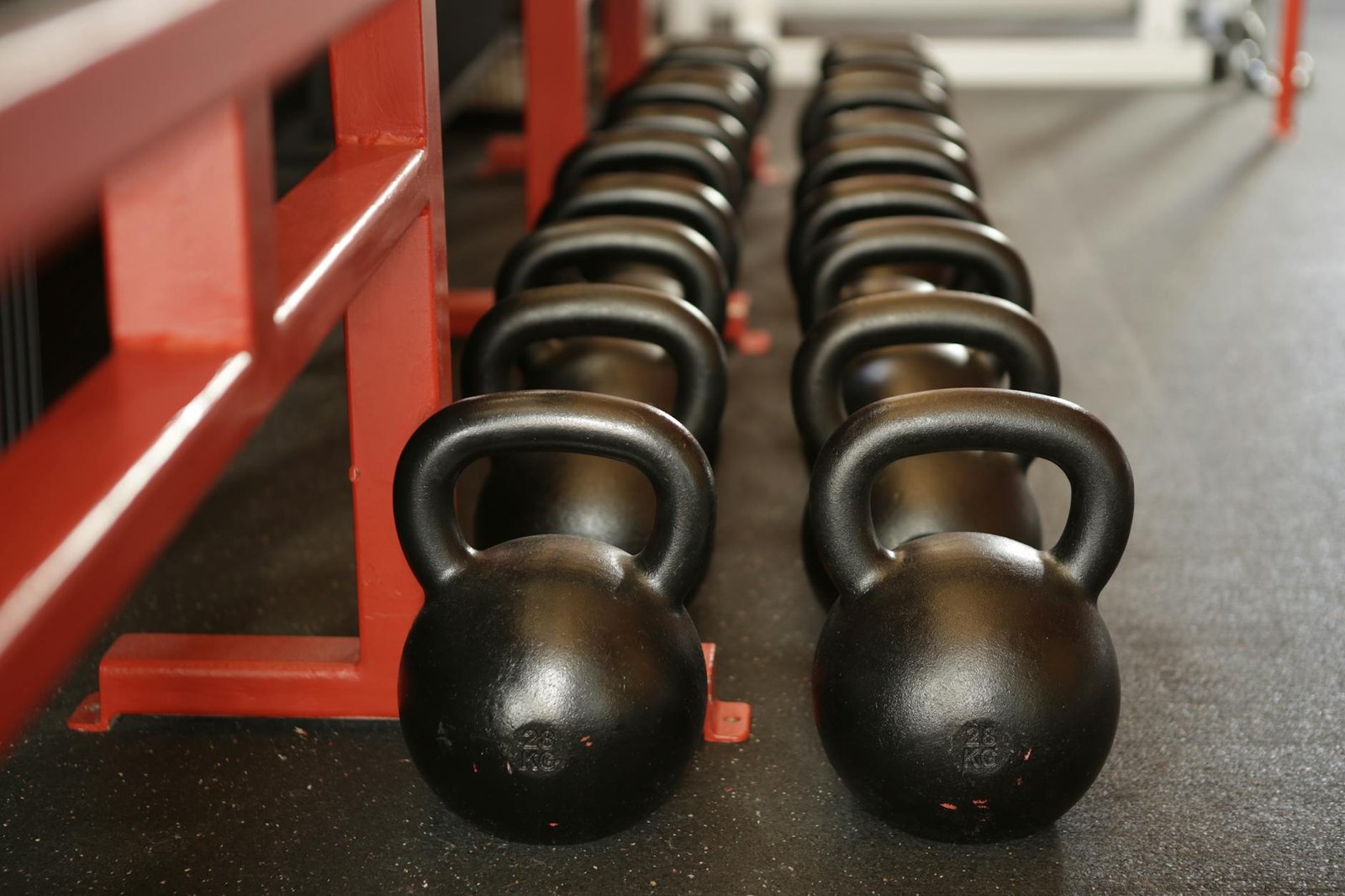
Essential Equipment and Gear
Must-have Home Workout Tools
Start your fitness journey with these fundamental pieces of equipment:
- Resistance bands (set of 3-5 different tensions)
- Yoga mat for floor exercises
- Set of adjustable dumbbells
- Jump rope for cardio
- Foam roller for muscle recovery
Proper Workout Attire
Select clothing and accessories that enhance your performance:
| Category | Essential Items | Key Features |
|---|---|---|
| Tops | Moisture-wicking shirts | Breathable, fitted |
| Bottoms | Athletic shorts/leggings | Flexible, comfortable |
| Footwear | Training shoes | Good support, proper fit |
| Accessories | Sports towel, water bottle | Practical, durable |
Gym Essentials
Pack these items in your gym bag for an effective workout:
- Lifting gloves for grip support
- Quick-dry towel
- Water bottle (32 oz minimum)
- Exercise tracking notebook
- Lock for locker
- Post-workout protein shake
- Change of clothes
When selecting equipment and gear, prioritize quality over quantity. Start with basic, versatile items that serve multiple purposes. For home workouts, resistance bands and adjustable dumbbells offer excellent value as they can be used for numerous exercises and take up minimal space. Your workout attire should allow full range of motion while keeping you comfortable and confident.
Now that you have the right equipment and gear, let’s explore how to effectively track your progress on your fitness journey.

Track Progress Effectively
Key Metrics to Monitor
- Body measurements (waist, hips, chest, arms)
- Body weight and body fat percentage
- Exercise performance data
- Progress photos
- Energy levels and mood
Tracking Tools and Methods
| Method | Benefits | Best For |
|---|---|---|
| Fitness Apps | Real-time tracking, data analysis | Daily monitoring |
| Workout Journal | Detailed notes, personal insights | Long-term patterns |
| Progress Photos | Visual motivation, clear changes | Monthly comparisons |
| Smart Devices | Automated tracking, accuracy | Performance metrics |
Setting Measurable Benchmarks
Track your fitness journey using specific, measurable goals. Record your starting point for exercises like push-ups, running distance, or weight lifted. Set realistic mini-goals every 4-6 weeks. This approach helps maintain motivation and provides clear evidence of improvement.
Using Data to Adjust Your Strategy
Review your tracking data bi-weekly to identify patterns. Note which workouts yield the best results and where you might be plateauing. Use this information to adjust your routine accordingly. For example, if your strength gains have stalled, consider changing rep ranges or adding new exercises.
Remember that progress isn’t always linear. Some weeks you’ll see significant improvements, while others might show minimal change. Focus on long-term trends rather than daily fluctuations.
Now that you understand how to track your progress effectively, let’s explore how proper recovery and injury prevention can help maintain your fitness momentum.

Recovery and Injury Prevention
Sleep Optimization
Quality sleep is the cornerstone of effective recovery. Aim for 7-9 hours of uninterrupted sleep per night to maximize muscle repair and hormonal balance. Create a consistent sleep schedule and maintain a cool, dark bedroom environment.
Stretching Routines
Implement these essential stretching protocols:
- Dynamic stretches before workouts
- Static stretches post-workout
- Hold each stretch for 15-30 seconds
- Focus on major muscle groups
Muscle Recovery Techniques
| Technique | Benefits | Frequency |
|---|---|---|
| Foam Rolling | Reduces muscle tension, improves circulation | Daily |
| Cold/Hot Therapy | Decreases inflammation, enhances blood flow | Post-workout |
| Active Recovery | Maintains mobility, promotes blood flow | 1-2x weekly |
Additional recovery strategies include:
- Proper hydration (drink at least 3L water daily)
- Post-workout protein intake within 30 minutes
- Regular massage or self-myofascial release
- Rest days between intense workouts
- Light walking on recovery days
Listen to your body’s signals and adjust your training intensity accordingly. Warning signs of inadequate recovery include persistent soreness, decreased performance, and unusual fatigue. Remember to gradually increase workout intensity to prevent overuse injuries.
Now that you understand the importance of recovery, let’s explore how to effectively track your fitness progress to ensure consistent improvement.
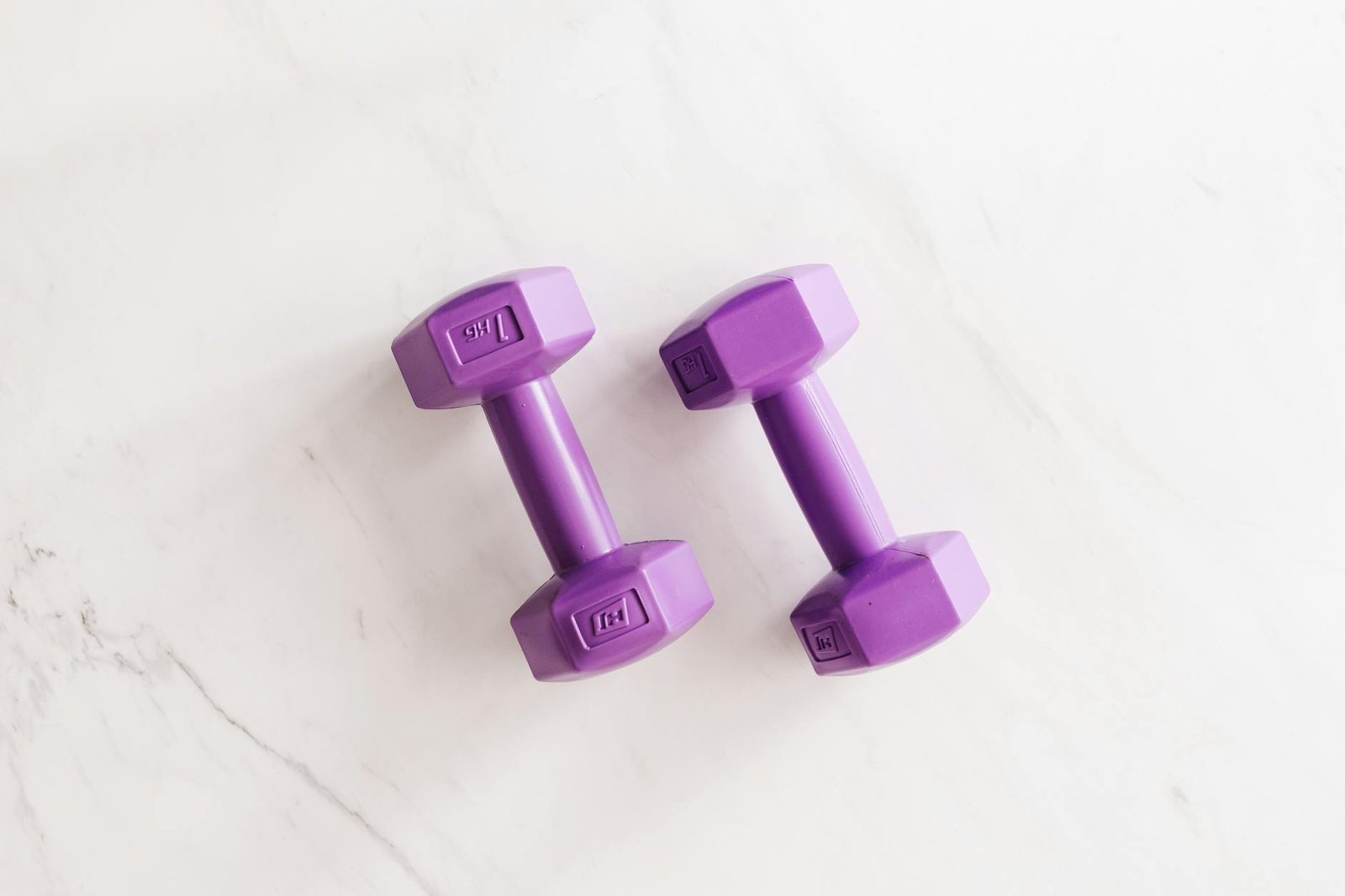
Taking the first step toward fitness transformation can feel overwhelming, but success lies in mastering these fundamental principles. From setting SMART goals and maintaining proper form to understanding nutrition basics and creating balanced workout schedules, these seven secrets form the foundation of any successful fitness journey. Remember that having the right equipment and tracking methods will help monitor your progress effectively while prioritizing recovery prevents setbacks.
Your fitness transformation starts today. Begin by implementing one secret at a time, focusing on proper form and consistent habits before advancing to more challenging goals. Listen to your body, celebrate small victories, and trust the process – remarkable results await those who stay committed to their fitness journey.

